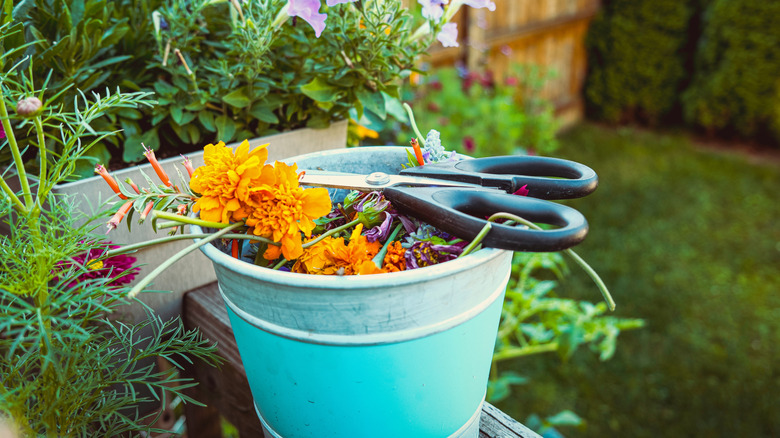
Autumn-blooming plants are a blessing for gardeners who find themselves struggling with the idea of a lifeless, barren fall after a vibrant and successful summer. Many surprisingly colorful plants continue to thrive as temperatures drop, offering the kind of colors in your yard that could make even the most experienced gardeners envious. Deadheading is often the key to transforming a plant that merely exists into one that truly thrives.
Deadheading is essential for ensuring continued flowering in many plants. This process involves removing spent flowers, which can trick the plant into producing more blooms. For annuals, this act is their final performance before they produce seeds and die. By snipping away the faded flowers, you encourage the plant to focus on producing new blossoms instead of seeds. While deadheading is commonly associated with summer blooming, it's equally important for autumn-flowering species. It can extend the blooming season and help control the spread of plants by preventing reseeding. For dedicated gardeners, there's much to gain from deadheading in the fall.
Chrysanthemums (Chrysanthemum spp.)

Hardy in zones 5 to 9, chrysanthemums bloom in a variety of colors. They are especially popular among gardeners looking to keep their gardens vibrant through the cooler months of fall. Some varieties can flower until December, making them an attractive choice for those not ready to say goodbye to summer's colors.
To ensure mums thrive, it's important to deadhead them. This practice helps maintain a neat appearance and promotes continued blooming. When the plants begin to fade at the end of the season, it's recommended to cut the stems back to about 4 inches high. Adding a layer of mulch will help protect the plants during winter, ensuring they are in good condition for renewed growth in the spring.
Dahlias (Dahlia spp.)
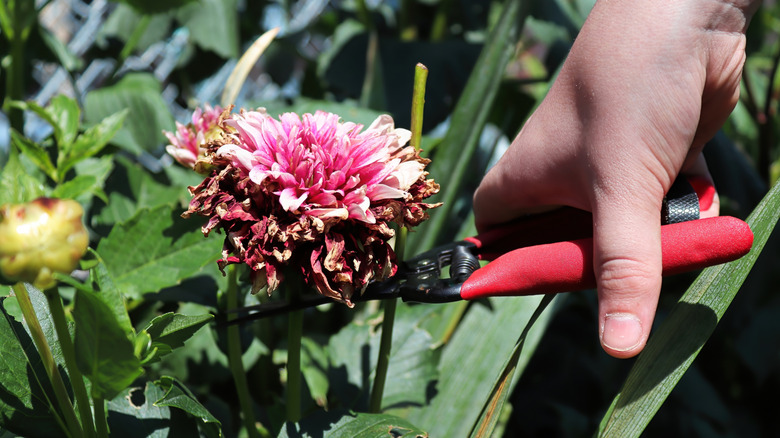
Dahlias bring vibrant colors and varied shapes to flower beds, borders, and container gardens. They are reliable perennials for autumn blooms. Native to Central America, they can be grown as annuals in hardiness zones 7 and below.
Weekly deadheading during the autumn months encourages these plants to produce more flowers. However, it's important to be cautious if you live in areas with freezing temperatures. In such cases, it's advisable to dig up the tubers and store them indoors to protect them from the elements. If you live in regions with heavy winter rainfall, consider overwintering them in the ground, provided they are cut back to the ground and mulched.
Geraniums (Pelargonium spp.)
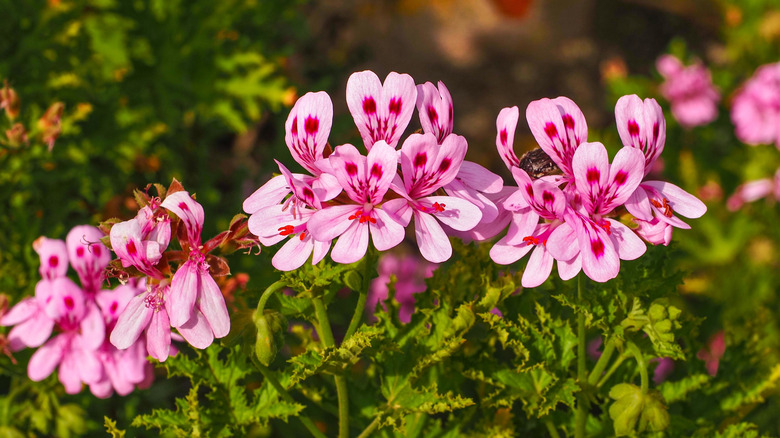
Geraniums are known for their long blooming season, starting in spring and often extending into the fall. In certain conditions, they may even flower into winter. While they don't require regular deadheading, doing so can increase flower production and extend the blooming season.
Tender geraniums, or pelargoniums, are mostly grown as annuals in zones 9 to 12. In cooler climates, they will likely die back once frost begins. You have two options: either deadhead them until they're done or overwinter them indoors by potting them and storing them in a sunny location.
Asters (Aster spp.)

Asters are abundant in color during the fall, bringing daisy-like vibes to gardens in zones 3 to 8. While deadheading isn't strictly necessary for an abundant display, it can encourage the plant to focus energy on flower production.
The timing for deadheading depends on when your area experiences its first frost. Continue deadheading until the temperatures start to freeze. At that point, it's up to you whether to trim the final flowers. Asters often provide food and shelter for wildlife, but failing to deadhead may lead to unwanted self-seeding.
Daylilies (Hemerocallis spp.)
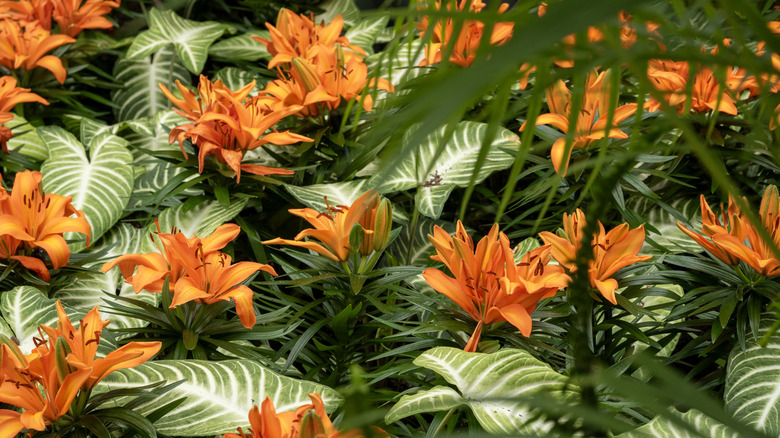
Certain types of daylilies can continue flowering into the fall, making them a great option for gardeners whose summer gardens are winding down. Their flowering period is usually short, lasting up to five weeks.
For reblooming types, deadheading encourages new flowers. For other types, it helps maintain a tidy appearance and can mitigate pests like hemerocallis gall midge.
Garden Phlox (Phlox paniculata)
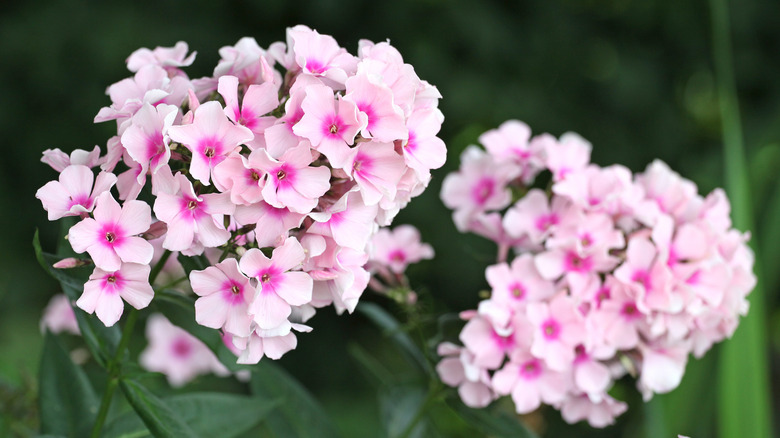
Garden phlox brings radiant, fragrant flowers to borders from summer into early fall. Deadheading encourages a second bloom and prevents self-seeding, which can create a weedy look.
After the growing season ends, it's advised to prune the plants back to ground level. This helps prepare them for winter dormancy and ensures they return with vigor the following season.
Black-eyed Susans (Rudbeckia hirta)
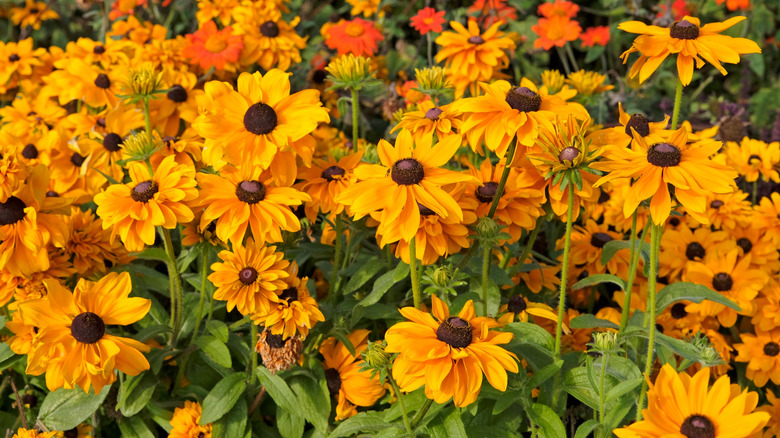
Black-eyed Susans are a popular member of the Rudbeckia family, known for their bright orange and yellow hues. They can withstand winter temperatures in zones 3 through 9 and continue blooming into the fall.
Continuing to deadhead them during the blooming season helps keep the show going. Neglecting to snip away the final flowers can lead to unwanted self-seeding.
Campanula Bell Flowers (Campanula spp.)
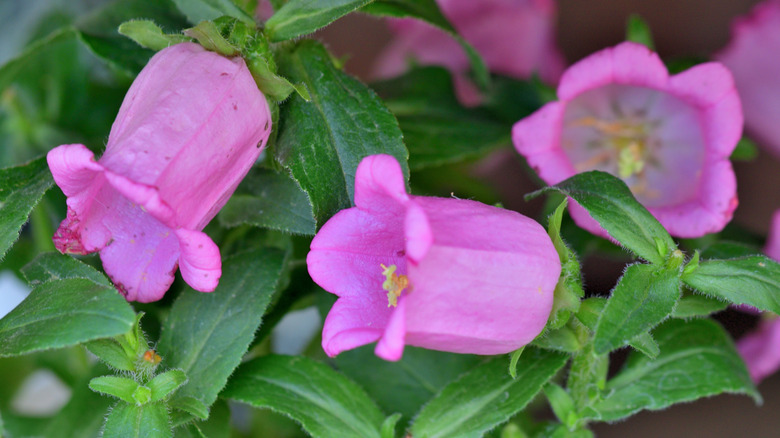
Most Campanula bell flowers grow in zones 4 to 8 and benefit from consistent deadheading. Certain types, like Campanula 'Iribella,' can flower until October.
Removing spent blooms allows the plant to redirect energy into flower production. When the blooming season ends, a good prune back to ground level prepares the plant for winter dormancy.
Dianthus (Dianthus spp.)
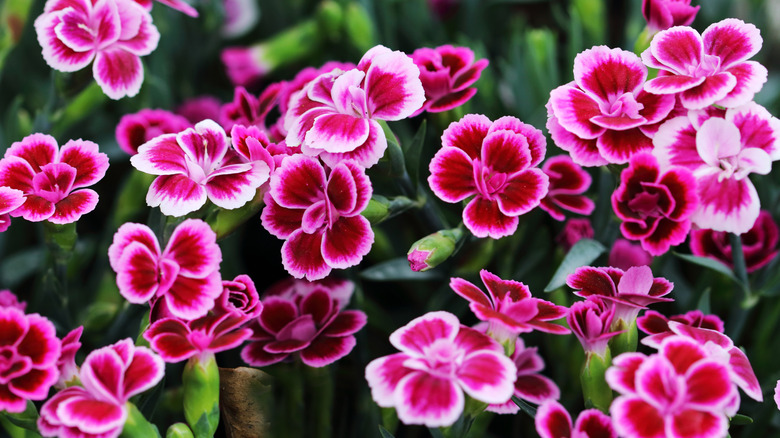
Dianthus plants are easy to grow and come in a wide range of colors. Many types bloom from spring until October, adding vibrant colors to fall gardens.
Deadheading improves their determination to bloom despite decreasing temperatures. A hard prune to a couple of inches above ground level helps the plant weather the winter.
Shasta Daisies (Leucanthemum x superbum)

Shasta daisies are clump-forming perennials that thrive in zones 4 to 9. Their white, yellow-hearted flowers make them a stunning border addition.
Regular deadheading prolongs their blooming season. When they finish flowering, pruning is prudent to help them ride out the winter. Be careful not to disturb the rosettes of basal leaves that form toward the base of the plant.
Pansies (Viola tricolor var. hortensis)
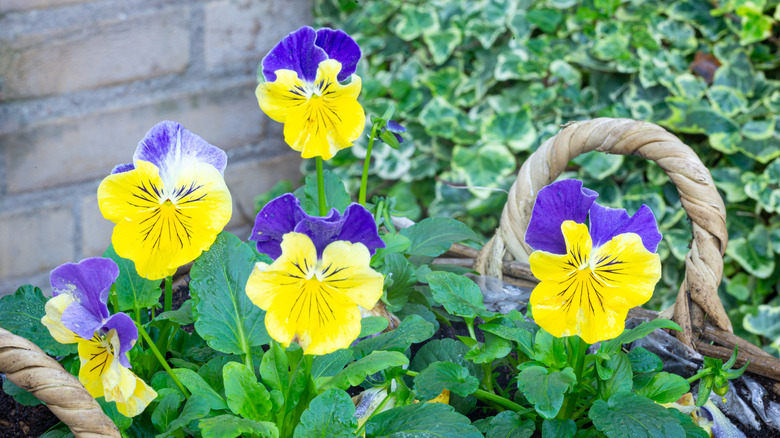
Pansies grow well in milder climates between zones 6 and 10, adding color to borders through the autumn and sometimes into the winter.
Deadheading during this period ensures prolific blooming. Leaving flowers in place can draw energy away from flower production, leading to seed pod formation. It's especially important to remove seed pods if you want to prevent overcrowding.
Snapdragons (Antirrhinum majus)

Snapdragons bloom into October and thrive in zones 7 to 10. They are beginner-friendly and attract pollinators.
Deadheading encourages continued blooming and keeps the plants tidy. Snapdragons often bloom twice a year, and deadheading after the first flush can ensure a better display in the fall. Allowing them to go to seed can lead to unexpected spreading the following spring.